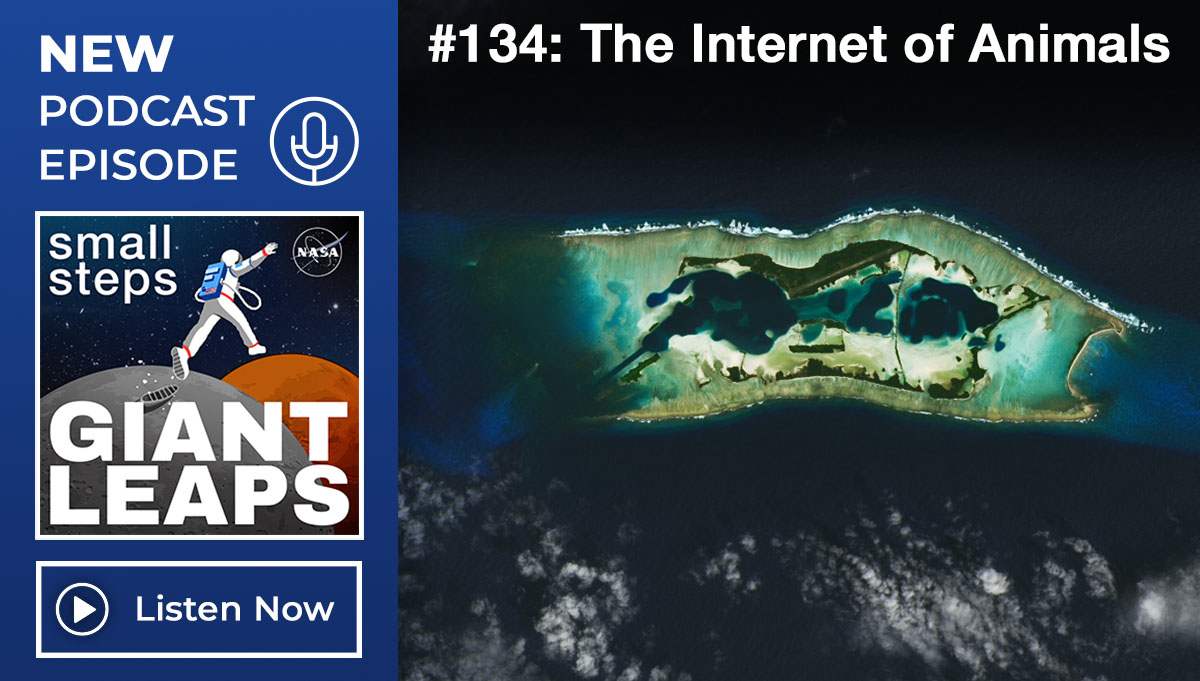
Opening keynote speakers get ready to take the stage at PM Challenge 2012. Credit: NASA APPEL
February 29, 2012 Vol. 5, Issue 2
Leaders in aerospace and project management shared big ideas and personal insights at the 2012 NASA Project Management Challenge.
“A significant number of discoveries are not planned,” said Pat Simpkins, Kennedy Space Center Director of Engineering, referring to the unexpected scientific findings from missions like the Hubble Space Telescope. NASA’s centers are stocked with expertise, he explained. “[We need] to remind people of our competencies and capabilities, and that we are capable.”
“Imagine, if you will…the very real possibility of a rocket not designed at Marshall, with an engine not tested at Stennis, carrying a capsule not designed at Johnson or in a test bed at Langley, with a series of science payloads and robots not designed by Goddard, JPL, or Ames, using in-space propulsion not developed at Glenn, and launched from a pad not at the Kennedy Space Center. Think about it,” said Simpkins. Fiscal budget cuts are forcing the agency to take different approaches, he noted. “That [scenario] has a better chance of happening now than any other time in our lifetimes. It all stands on the work that you’ve done, daring to ask questions, sharing information, stopping and looking around every once and a while.”
Andrew Chaikin, author and space historian, emphasized the importance of inclusion and self-efficacy. “[We] need to feel like we’re part of a meaningful narrative, and the narrative of human spaceflight has been a spectacular [one],” he said. At the same time, he cautioned, “Beware the seduction of narrative.” Sometimes great things require throwing away the script, he explained, referring to Apollo 13. He quoted Apollo astronaut Alan Bean, saying, “When you’re making an impossible dream come true, you can’t do business as usual.”
Lesa Roe, Langley Research Center Director, shared themes that have led to success in her NASA career. “It’s OK to keep learning,” she said, encouraging both curiosity and personal responsibility. “Be aware of your part in the problem.” She also focused on the importance of balance. “You can lose a lot of sleep and a lot of energy worrying about some of these things. Don’t sweat the small stuff.”
Mark Langley, Chief Executive Officer of the Project Management Institute (PMI), remarked on the shift in the constraints that shape project management. While the traditional definition of the “iron triangle” of project management has been cost, schedule, and technical performance, Langley stated that this has shifted to technical, strategic/management, and leadership. He noted that innovative projects today demand managing a global network of suppliers, which requires fundamentally different capabilities than managing product improvement internally.
Robert Lightfoot, NASA’s newly appointed acting Associate Administrator, underlined the importance of interpersonal relations. “It’s all about people,” he said. Stressing the importance of optimism and a positive attitude, he counseled that success as a leader in the space business demanded an unwavering sense of commitment. “Many things in life will catch your eye; few will catch your heart.”






